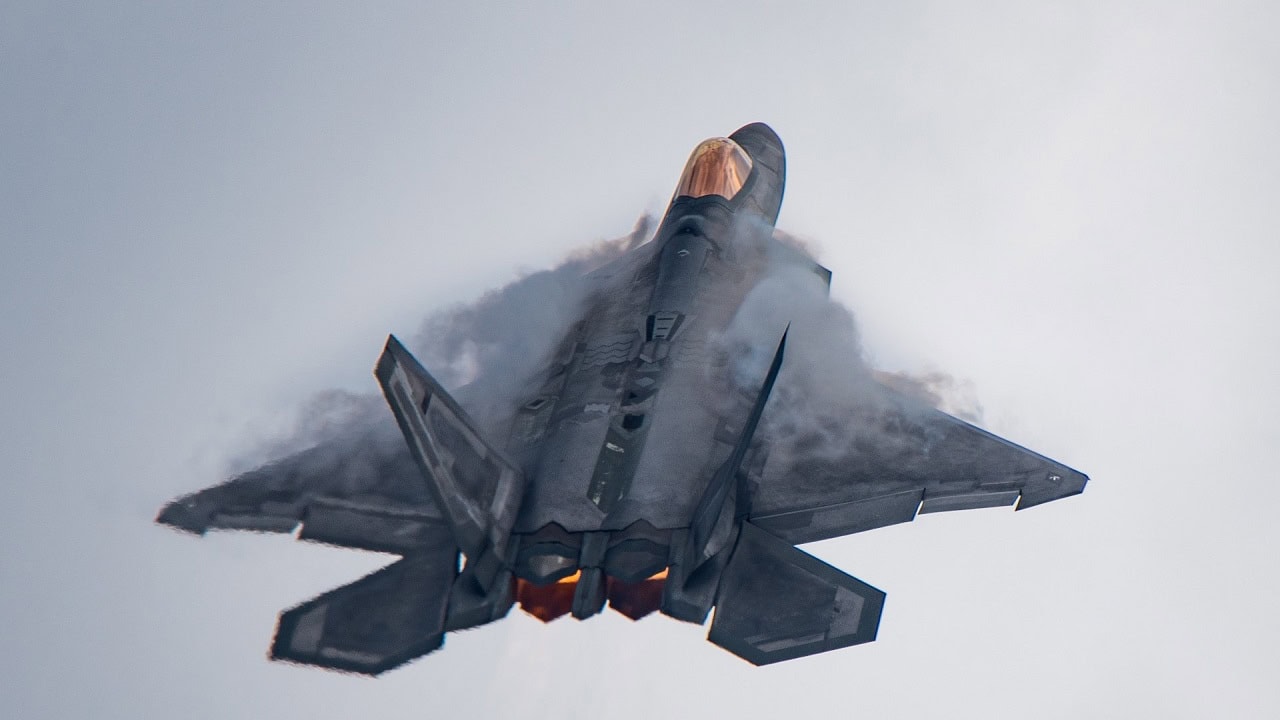In February, headlines were made when a U.S. F-22 Raptor shot down a Chinese Spy Balloon off the coast of South Carolina. The 200-foot-long surveillance device had traced a path across Canada and most of the U.S. before being destroyed when it was safely out to sea. While this initial confrontation garnered much attention, less was given to follow on actions that same month. High altitude objects were detected in U.S. airspace and shot down three more times in February.
F-22s with the North American Aerospace Defense Command (NORAD) intercepted objects over Alaska and Yukon and Minnesota Air National Guard F-16s destroyed an object over the Great Lakes. Less is known about these objects although a classified memo to the Canadian Prime Minister that Canadian news outlets recently obtained seems to suggest at least the Yukon object should more rightly be classified as an Unidentified Aerial Phenomenon (UAP) and not a balloon.
The UAP vs UFO Debate
Prior to the late 1940’s, Unidentified Flying Objects (UFOs) were not part of the national lexicon. Obsession over so-called “flying saucers” began with a sighting by a private pilot in Washington in 1947.The Roswell Incident – the discovery of wreckage by a rancher in Roswell, New Mexico, near a top-secret Air Force base – further stoked the national imagination. Tensions between the U.S. and the Soviet Union and secrecy around aviation and rocket programs further fed this aura of intrigue as government responses to unexplained phenomena were often vague and left more questions than answers.
A series of government investigations, the Roberson Panel in 1953 made up of scientists and engineers, and the 1966 Condon Report, found that almost every sighting could be explained by a natural meteorological or astronomical event and that there was no evidence to support the idea of extraterrestrial visitation. While these reports were thorough and emphatic, the shroud of secrecy – many aspects of the Robertson Panel were kept classified until 1979 – fueled public suspicion.
While UFO sightings dropped off from the 1970’s onwards, there has been a recent uptick in interest. Recognizing the sensitivity and conspiratorial culture around the term UFO, most organizations now refer to observed objects as UAPs. Revelations from a whistleblower over the past few years have led the U.S. Congress to set up the All-domain Anomaly Resolution Office and call on the Pentagon to declassify UAP data.
So far, not much has come from this latest focus on UAPs. While there have been definite sightings confirmed by multiple sensor sources (radar, infrared, etc.) no credible agency has yet suggested any of these encounters have been with extraterrestrial objects. Furthermore, no declassified material has yet revealed any secret government conspiracy to cover up contact with foreign intelligences.
UAP over Canada?
The memo to the Canadian PM does indeed classify the object as a UAP however given the context, that most likely simply means NORAD was unable to positively identify it as a Chinese spy balloon. It remains almost certain that the object has terrestrial origins and may have simply been a rogue weather balloon. While conjecture about UAPs can be a fun diversion, it seems likely that the renewed interest and sightings has more to do with increased tensions between the U.S. and China than any actual phenomenon. Many of the sightings during the Cold War were attributed to secret testing or blamed on advanced new Soviet systems. It stands to reason that a similar rationale is behind many of the UAP sightings today.
Maya Carlin, a Senior Editor for 19FortyFive, is an analyst with the Center for Security Policy and a former Anna Sobol Levy Fellow at IDC Herzliya in Israel. She has by-lines in many publications, including The National Interest, Jerusalem Post, and Times of Israel. You can follow her on Twitter: @MayaCarlin.

